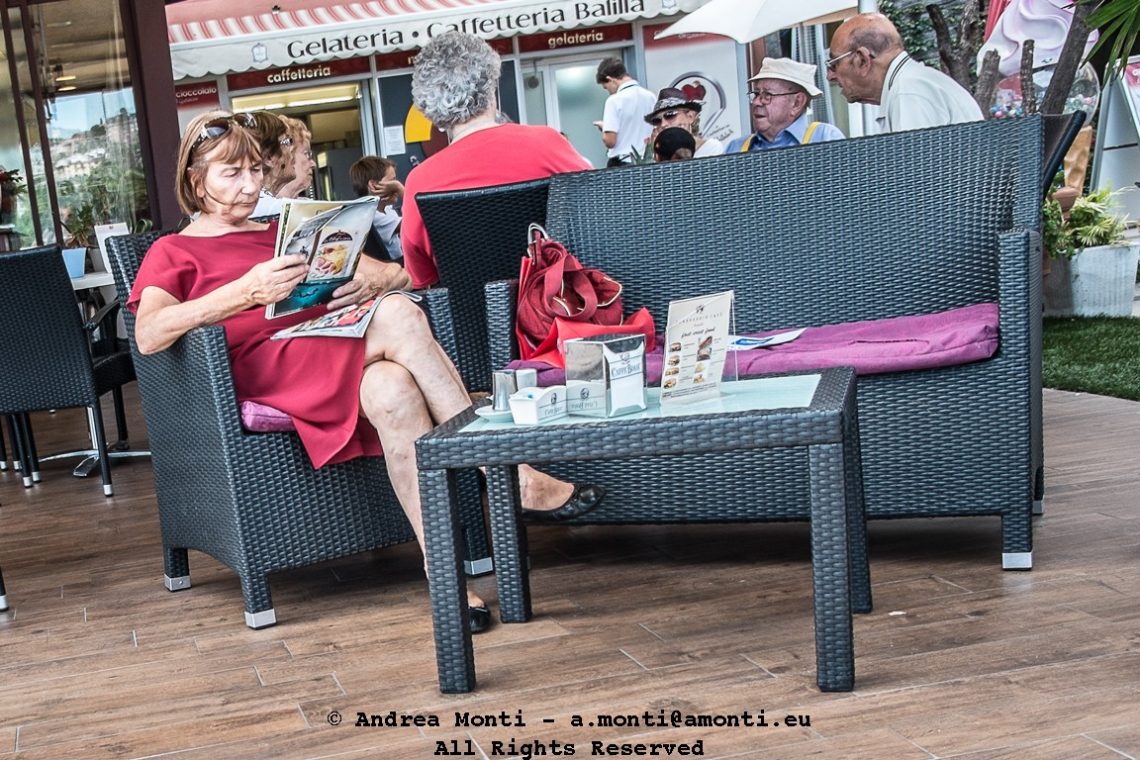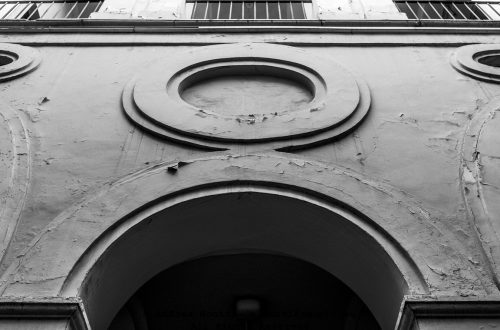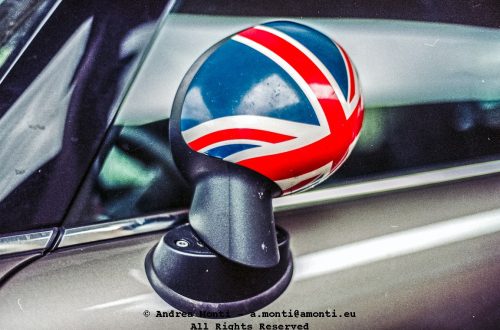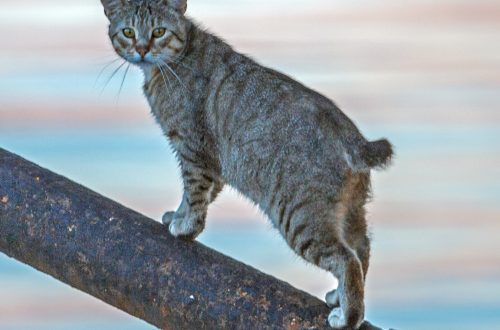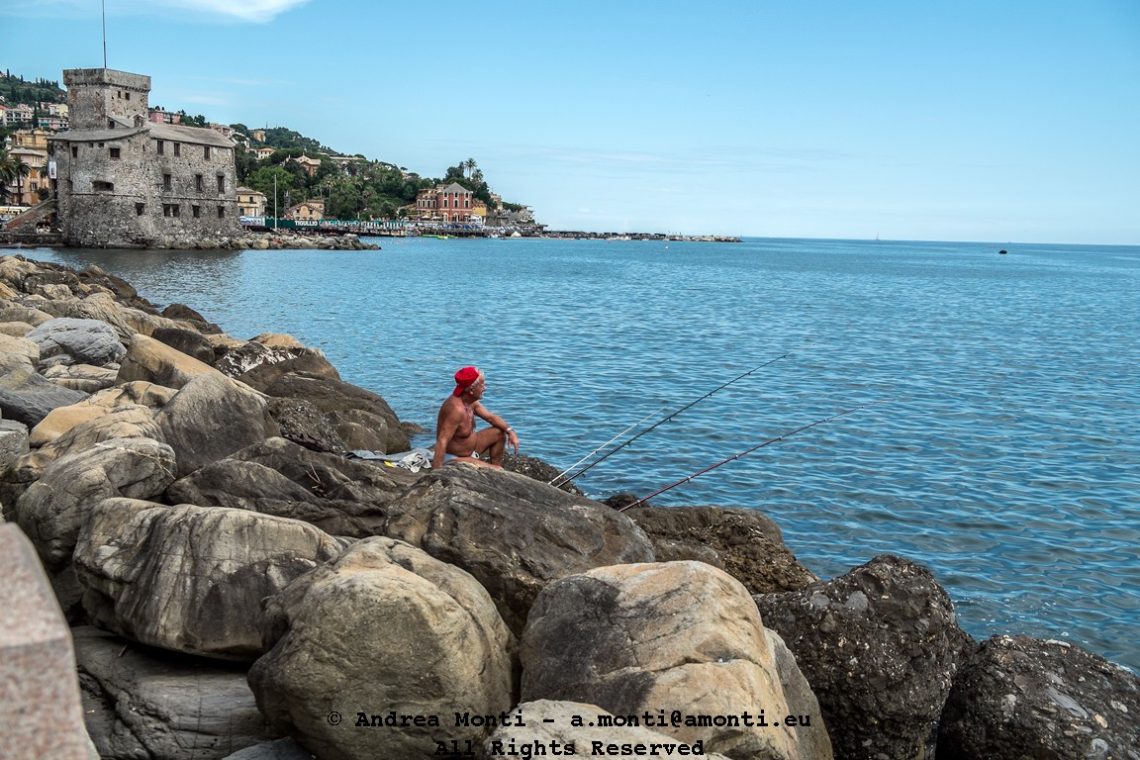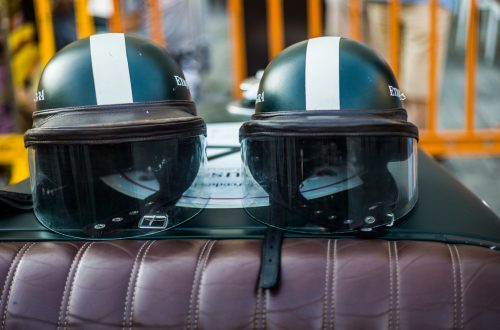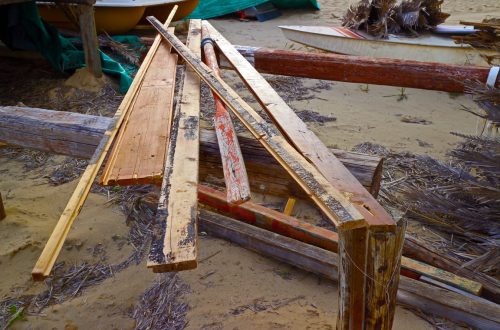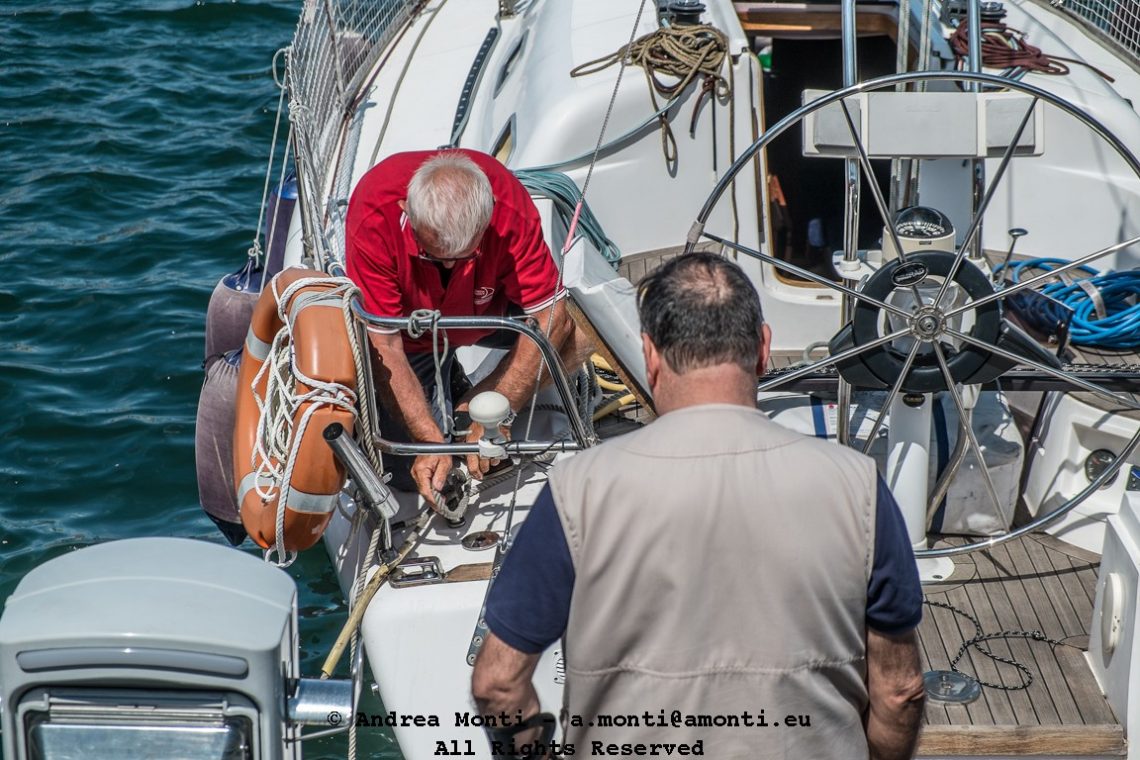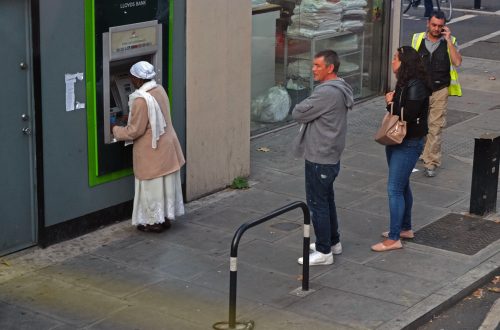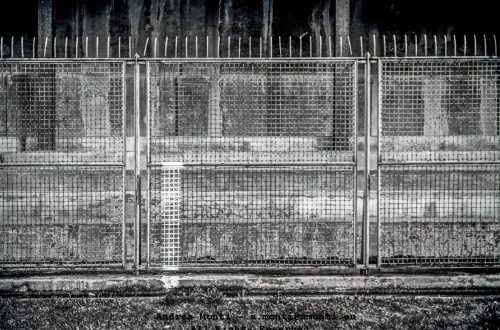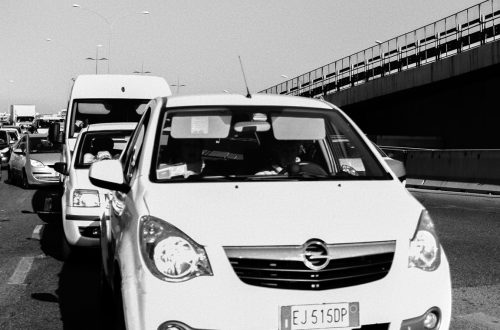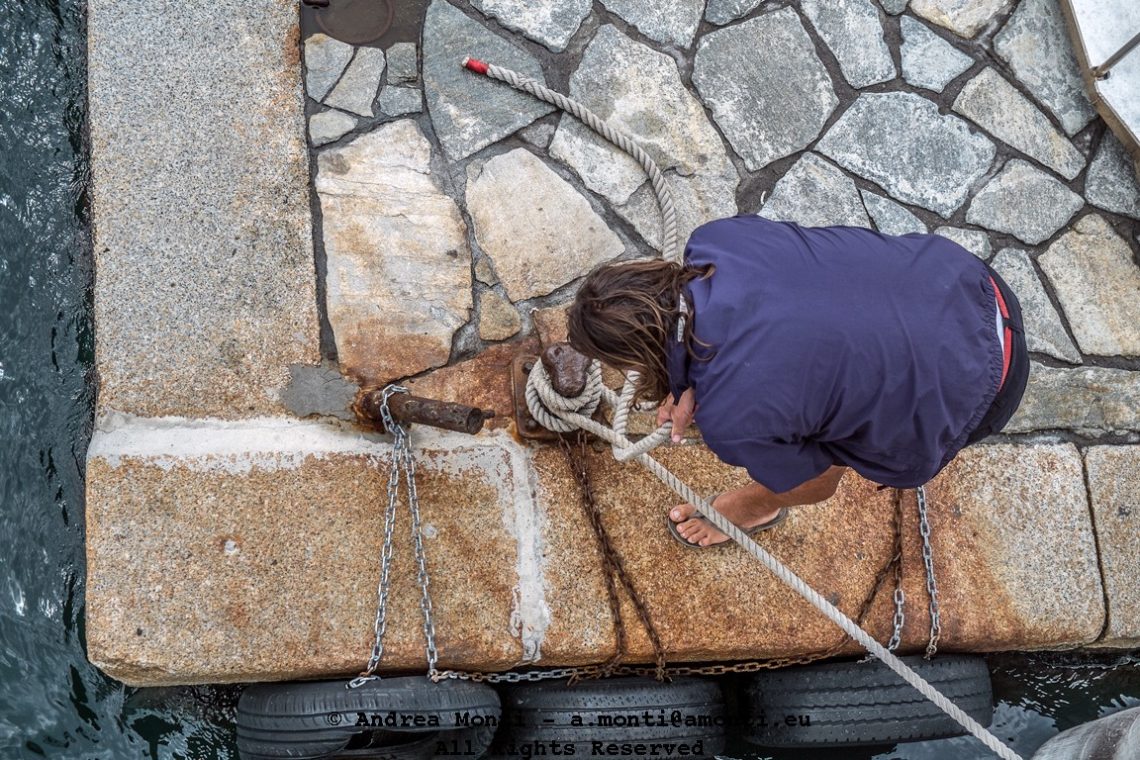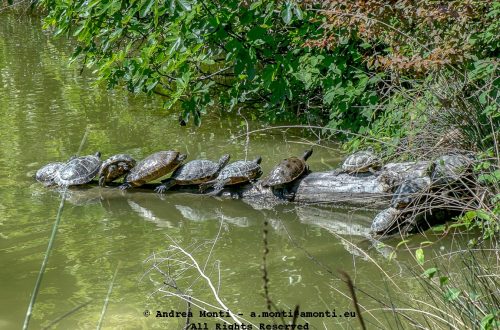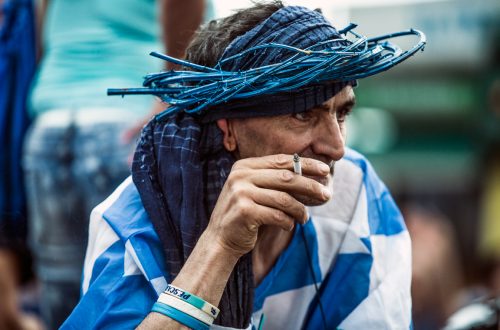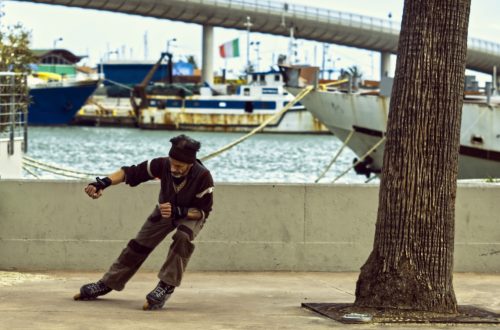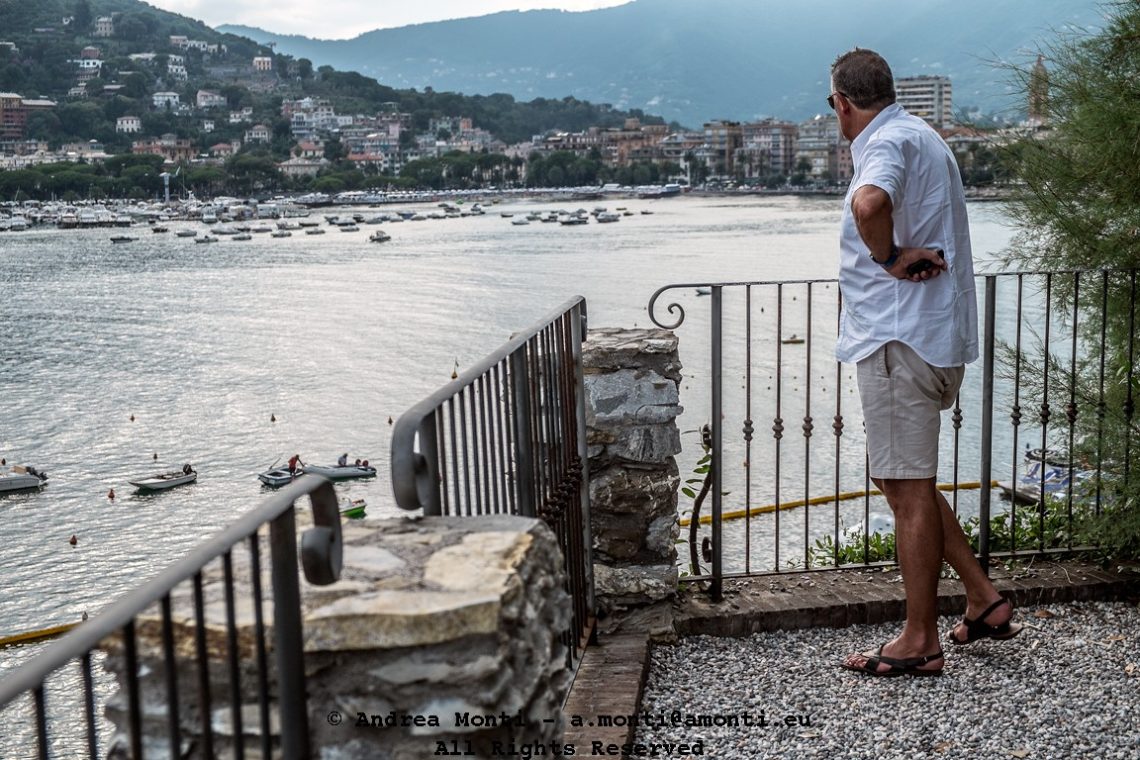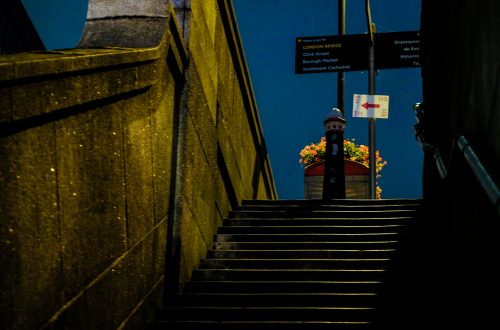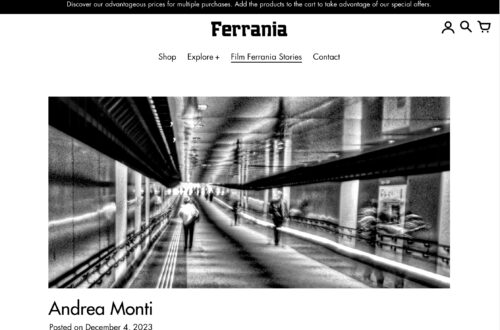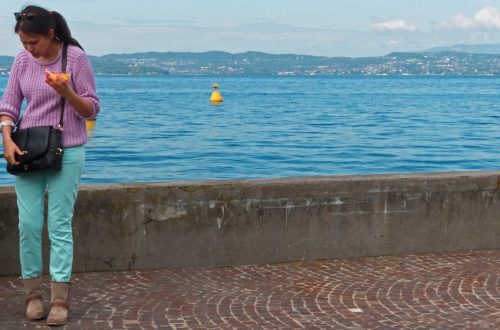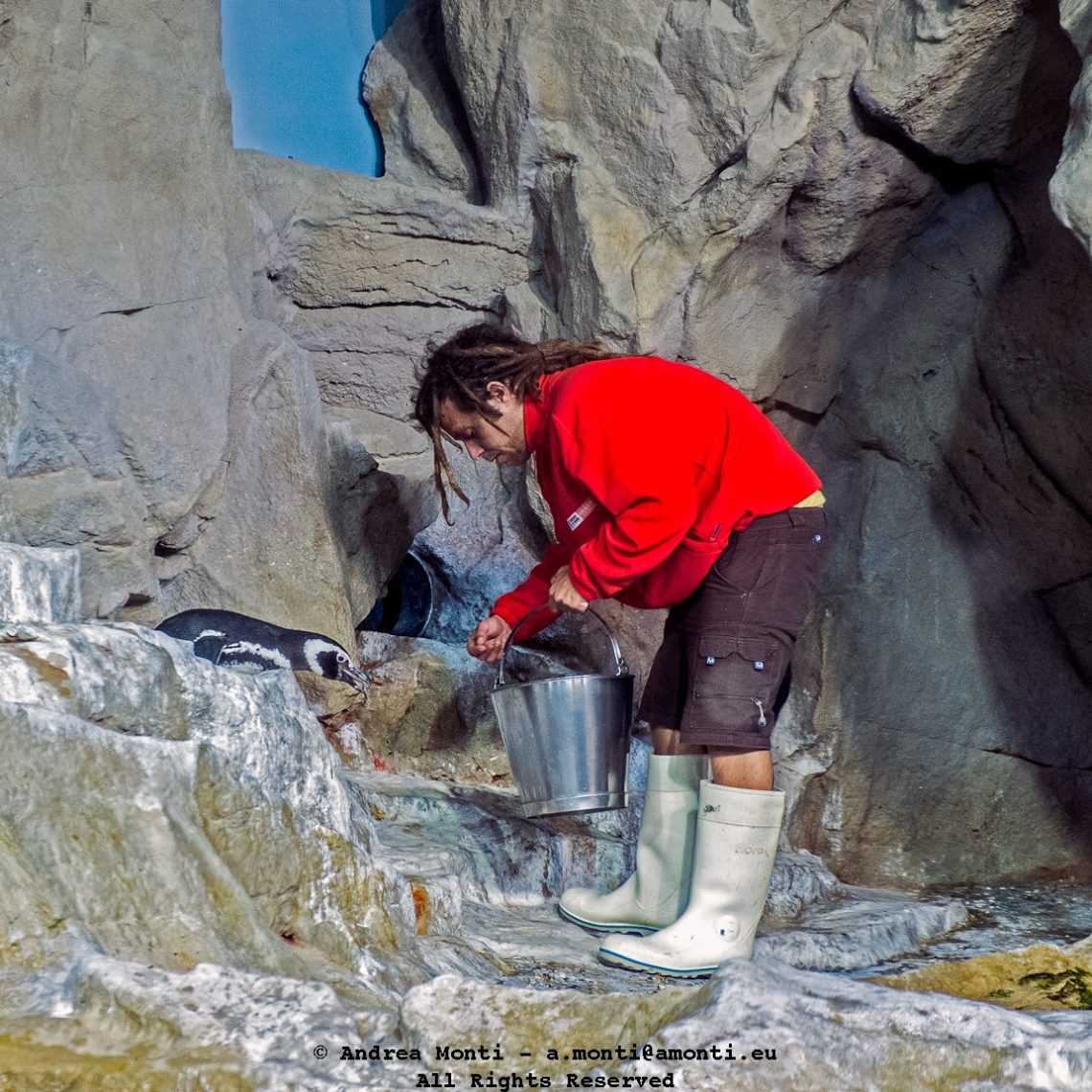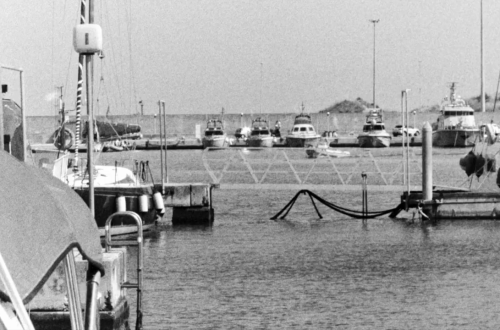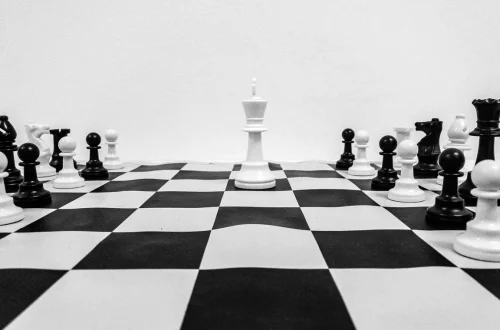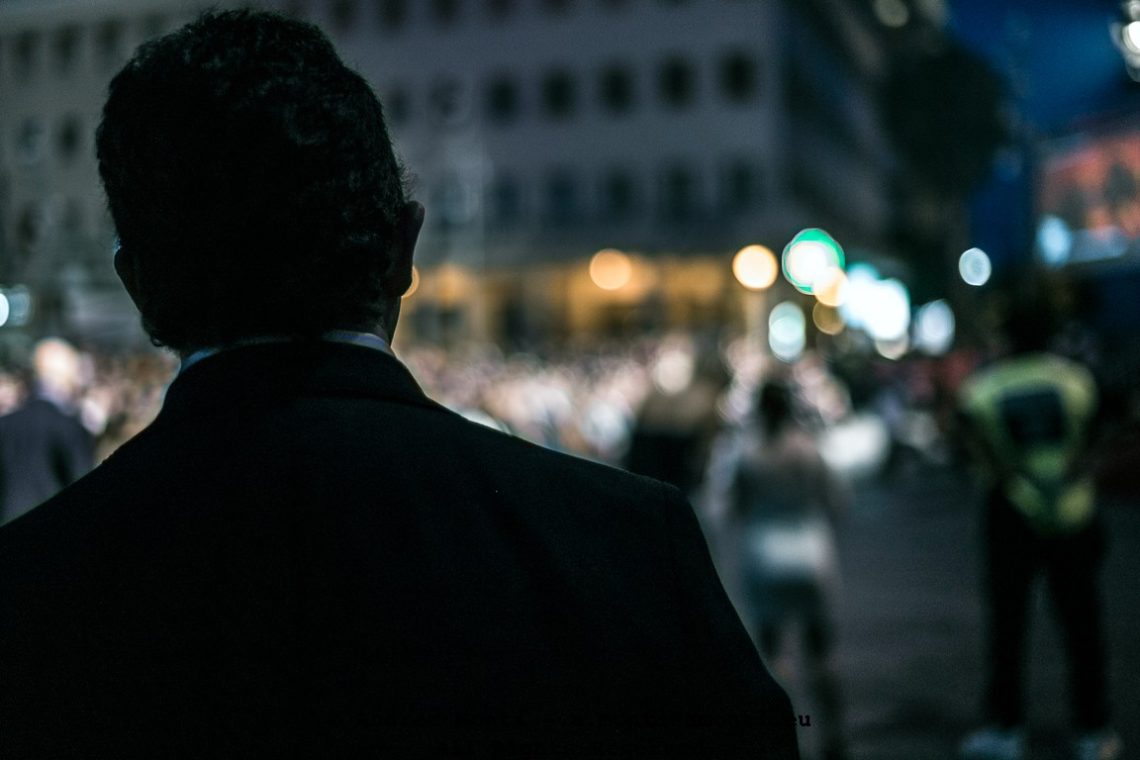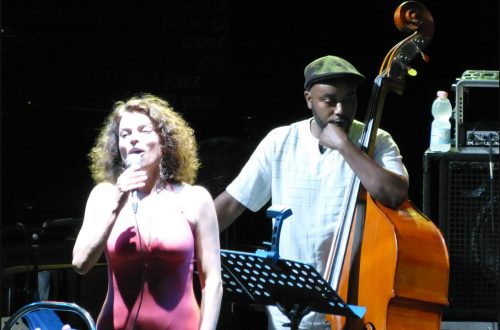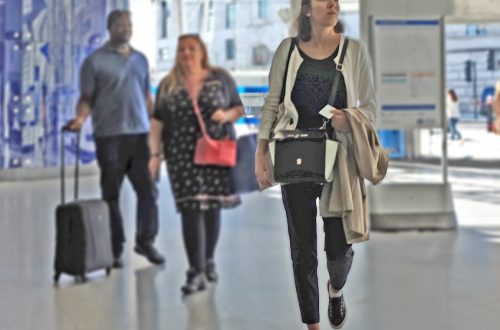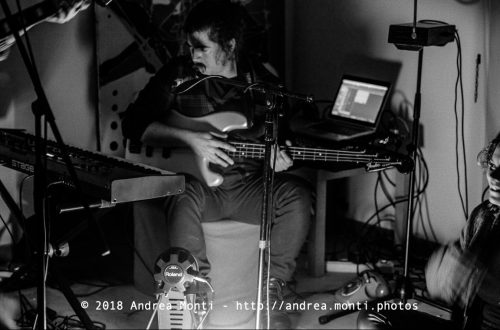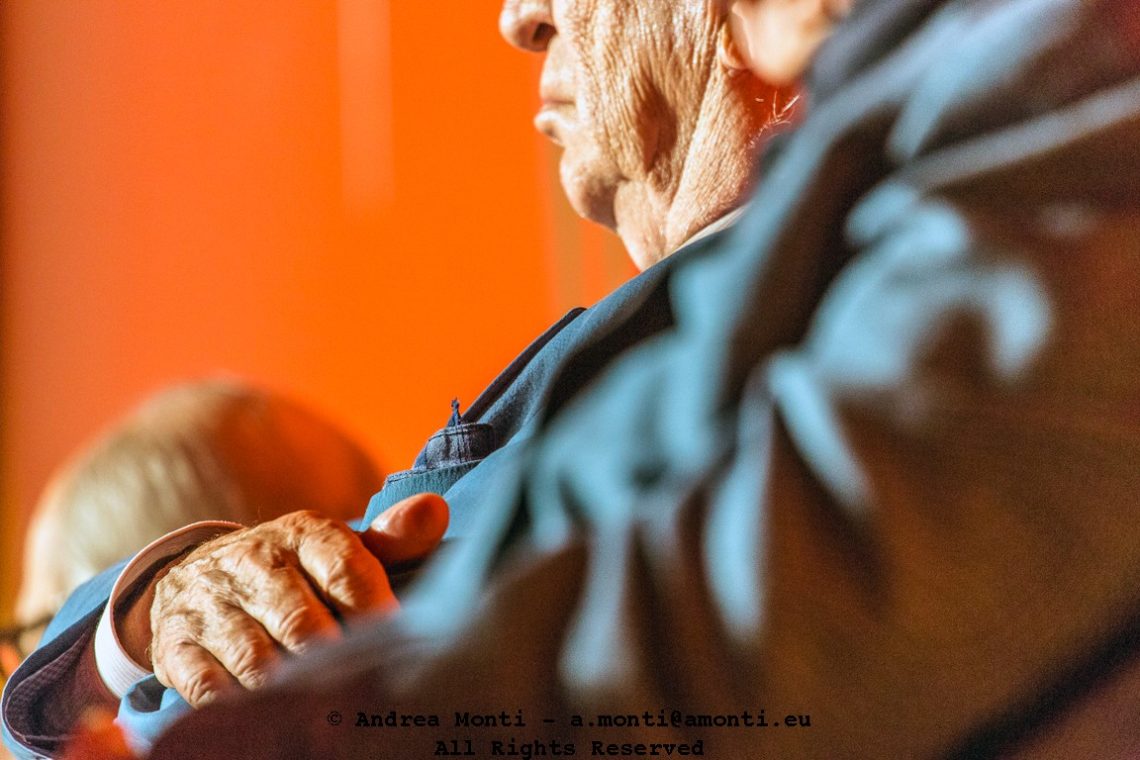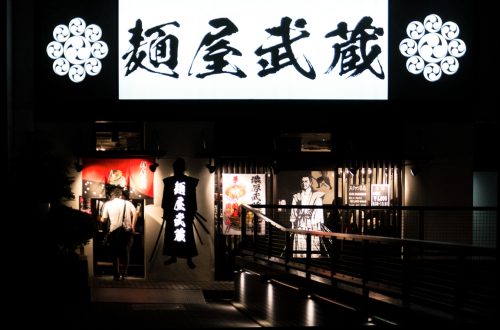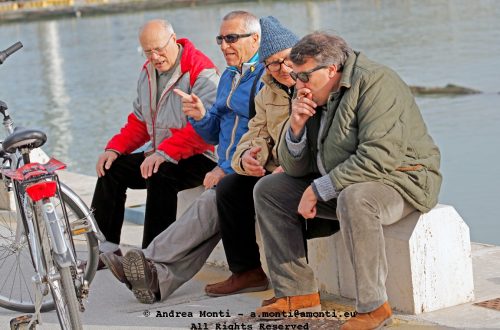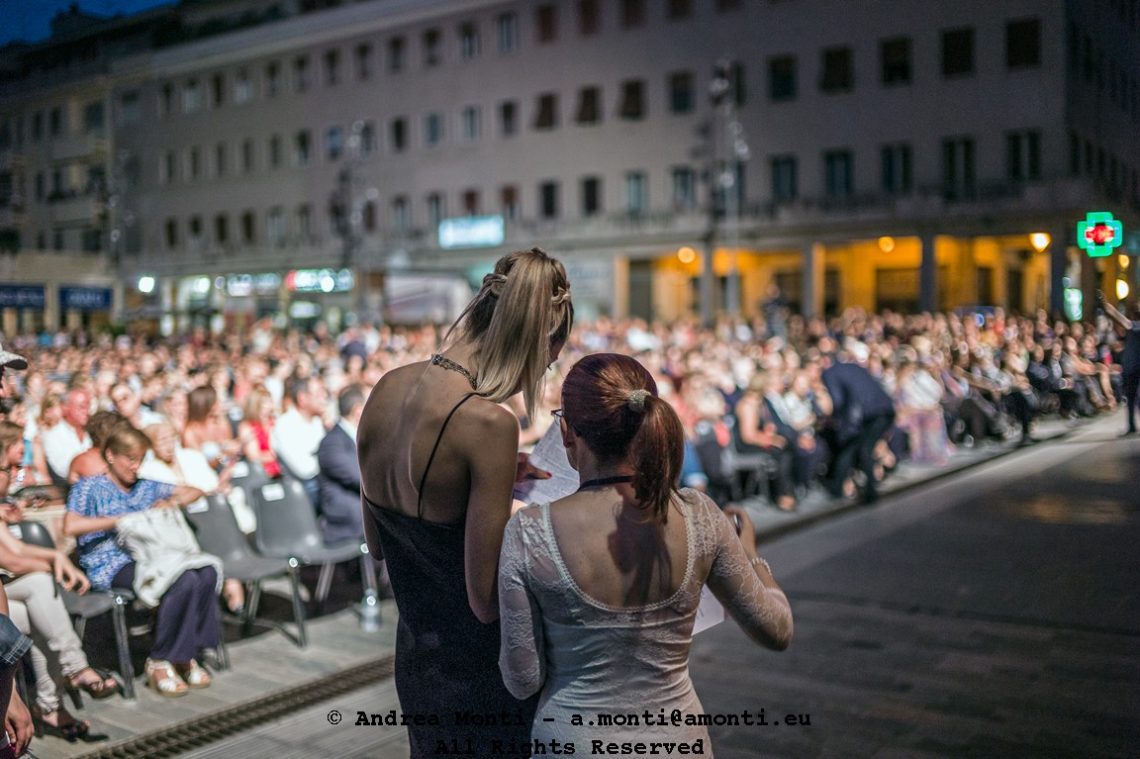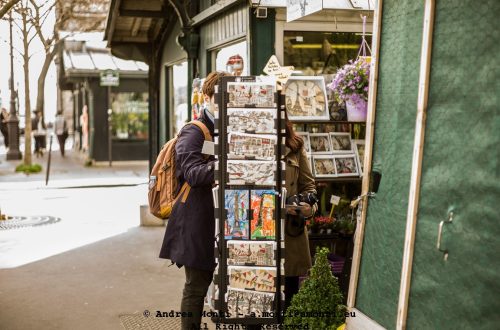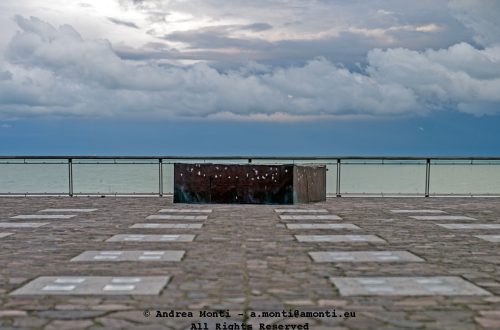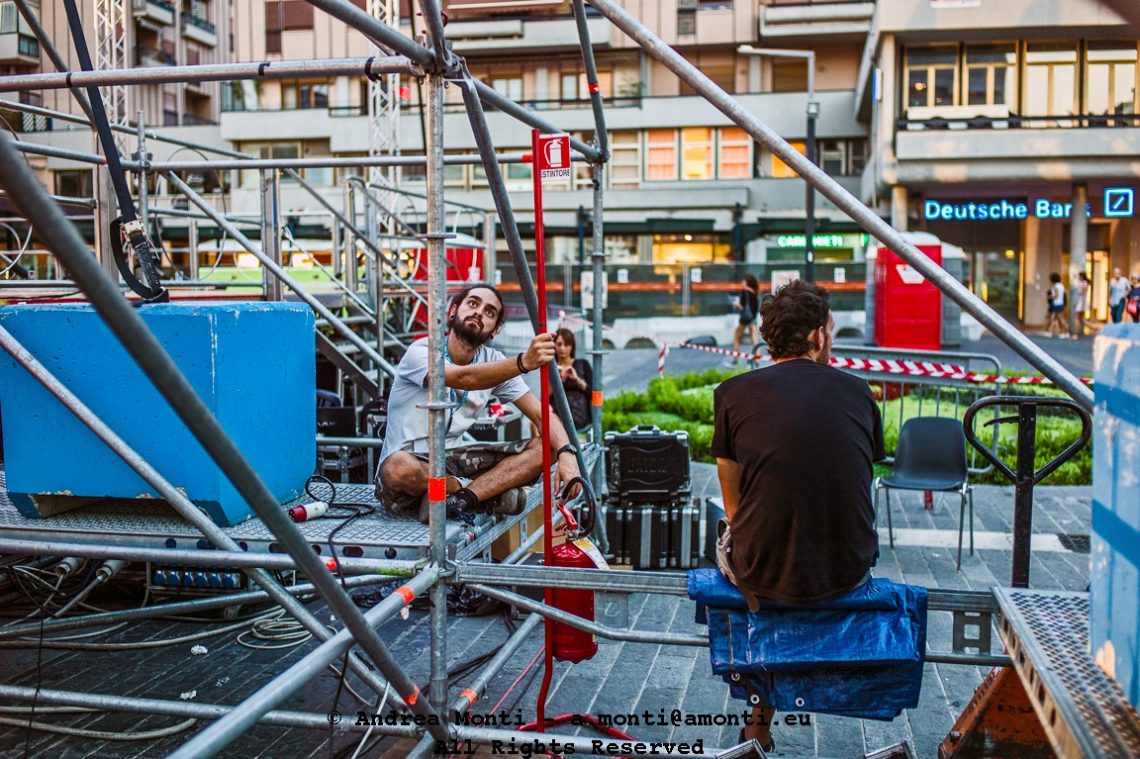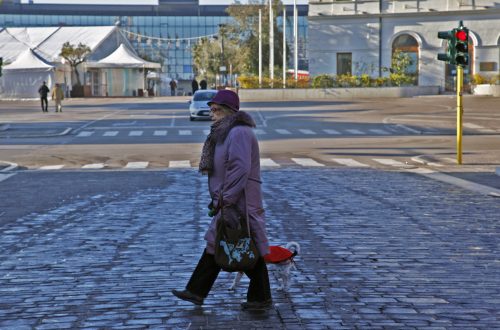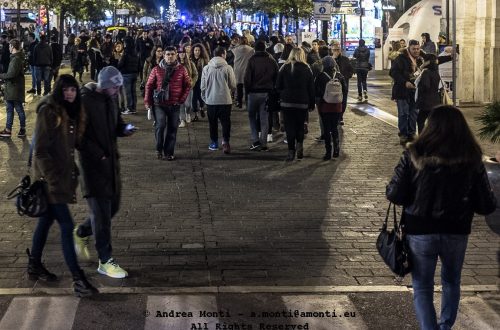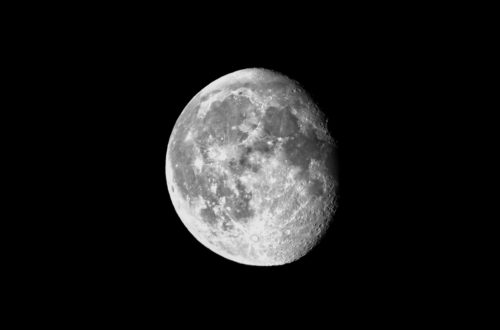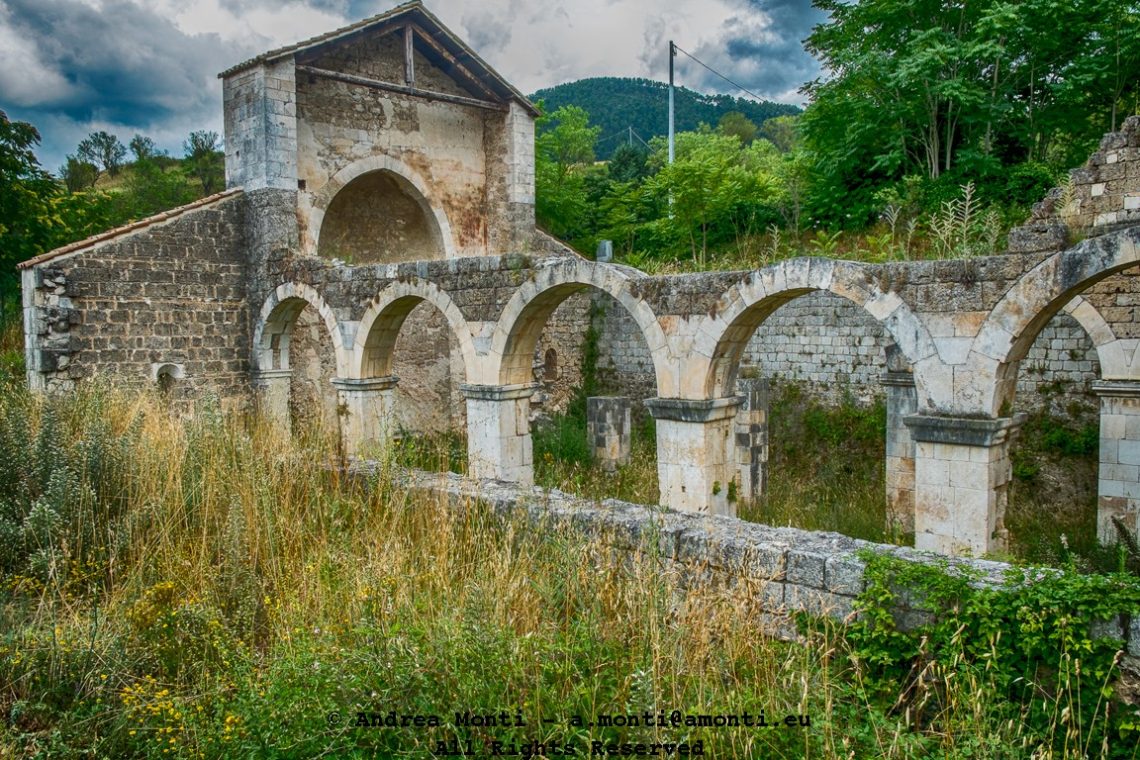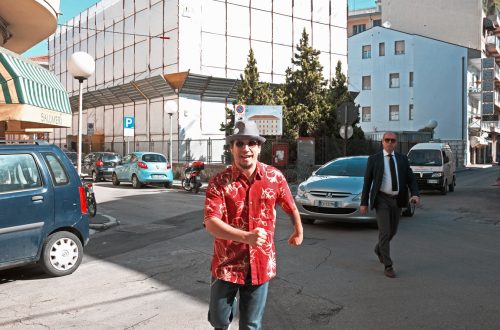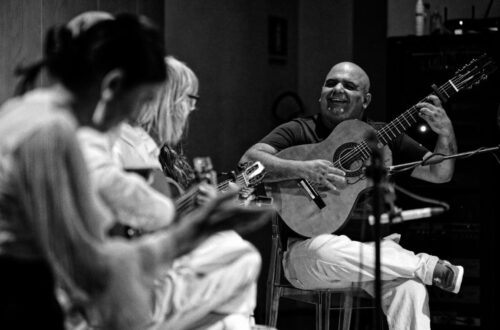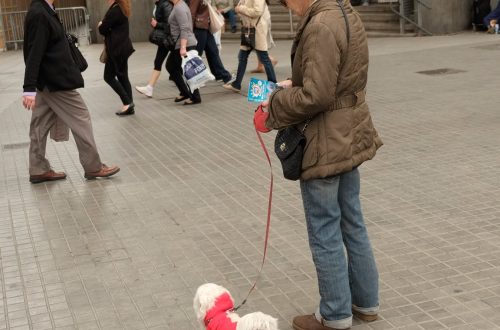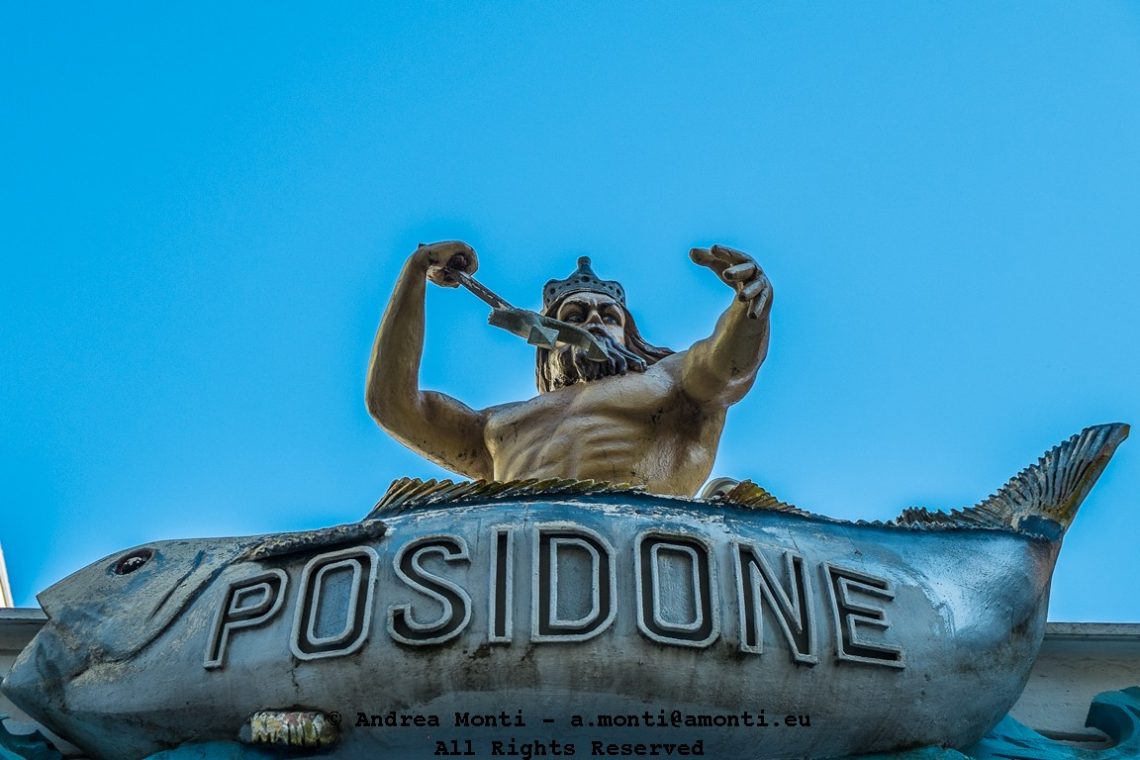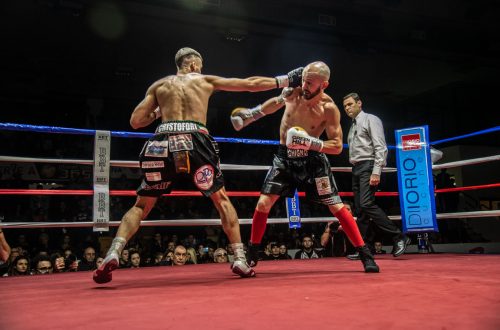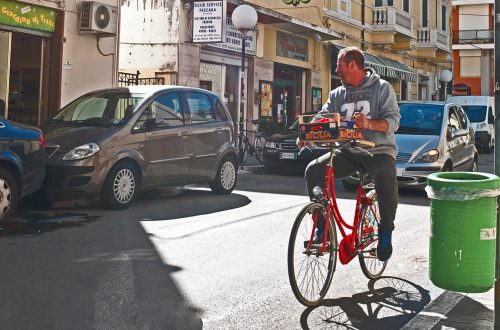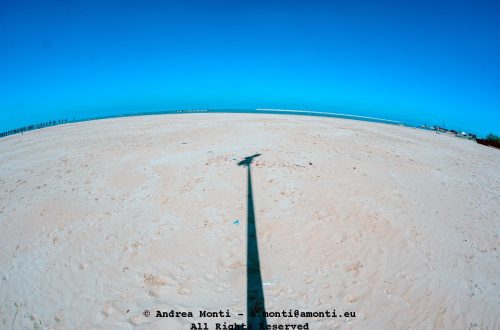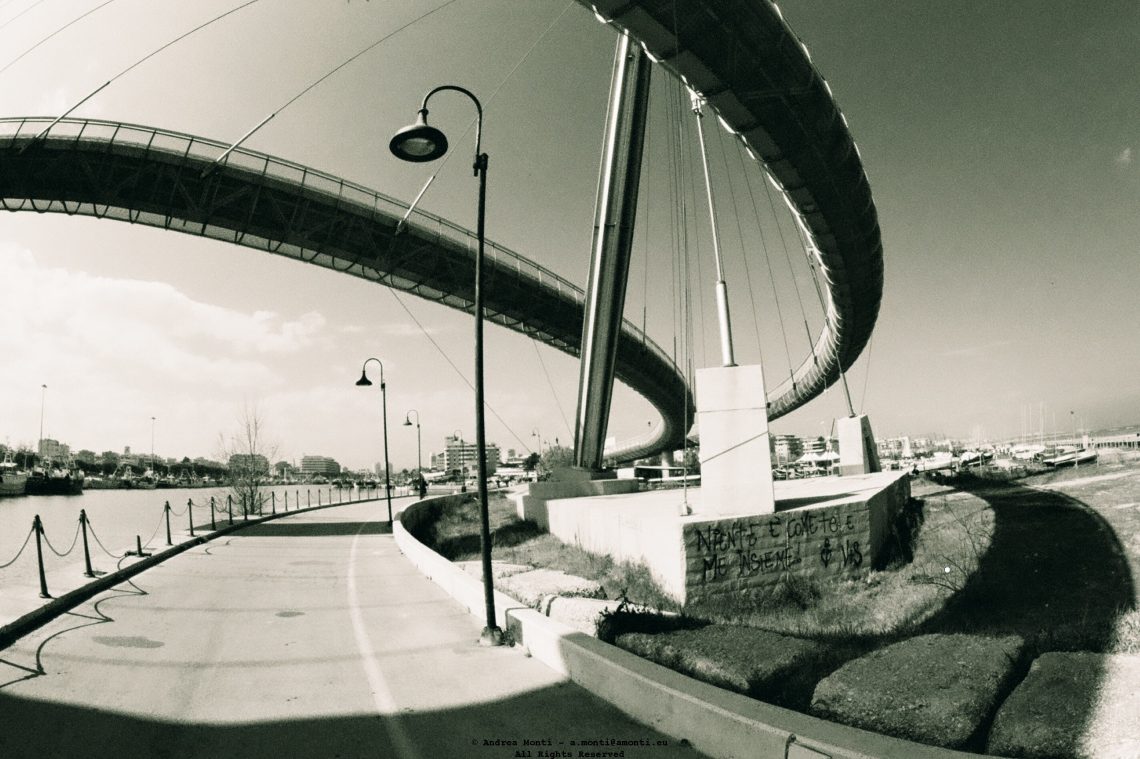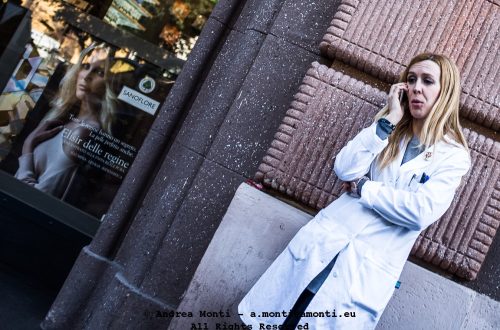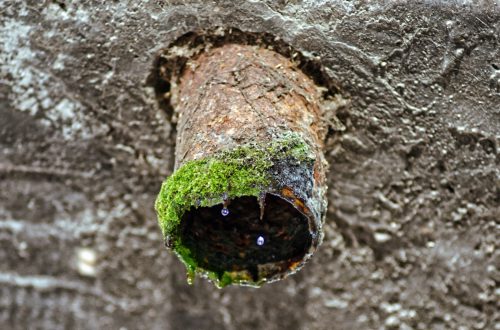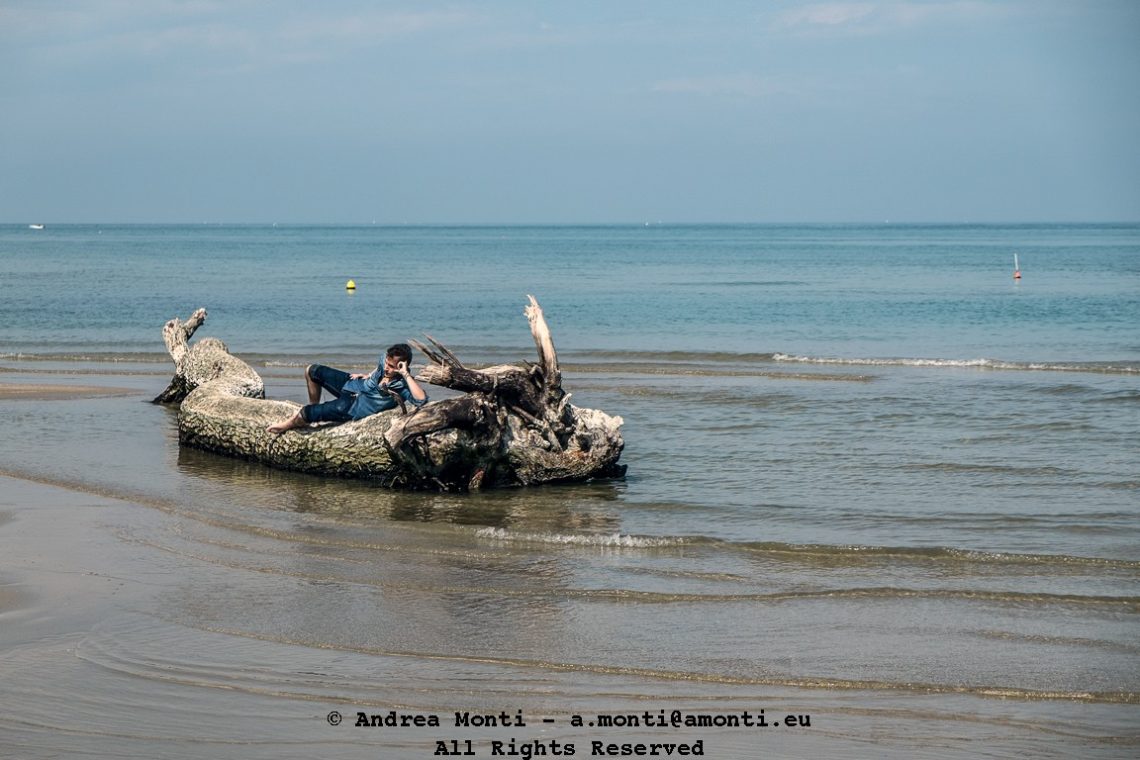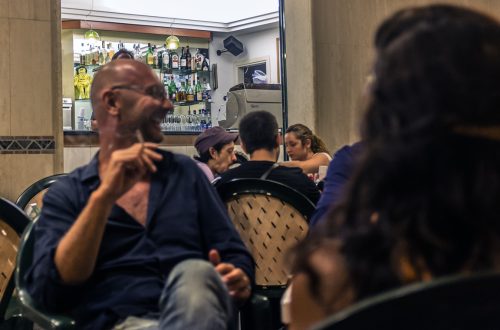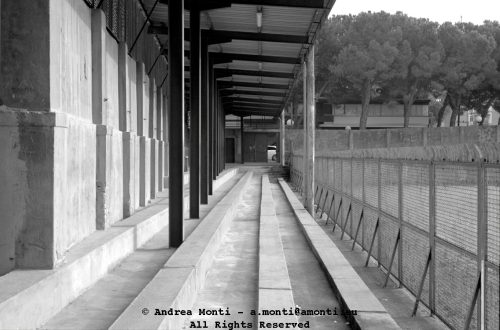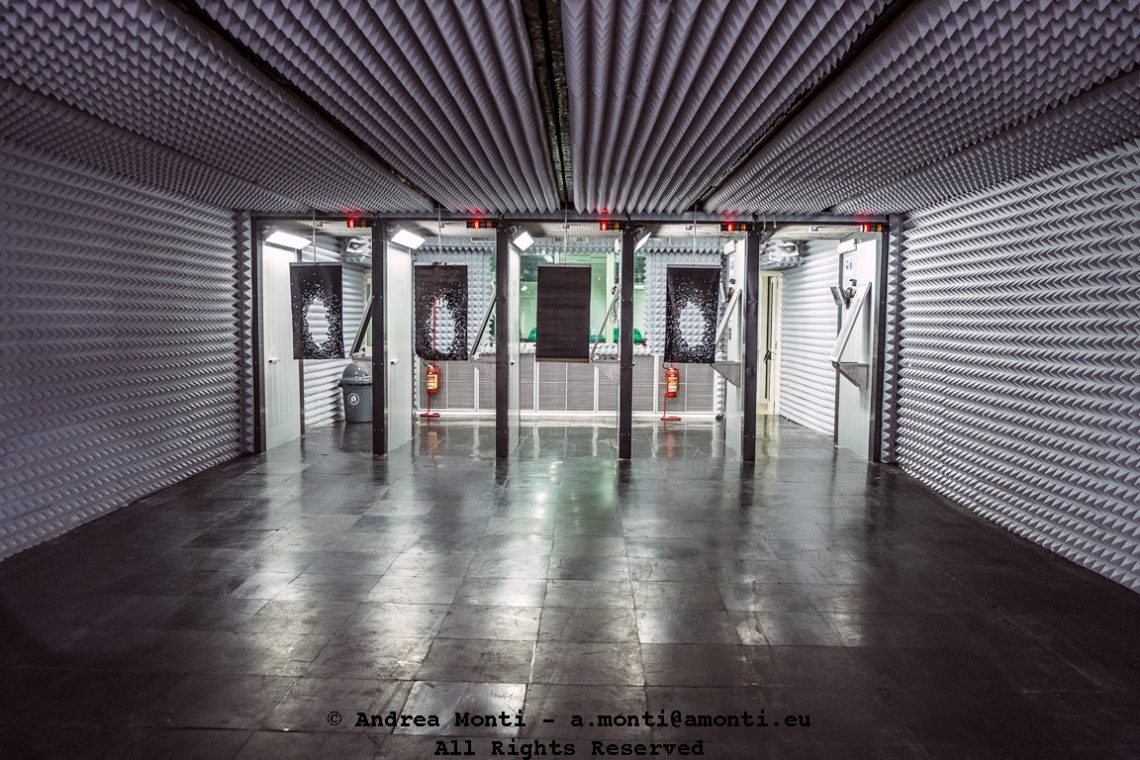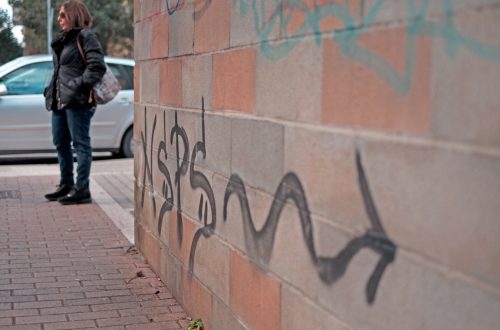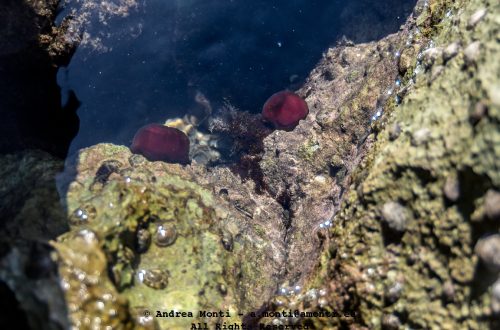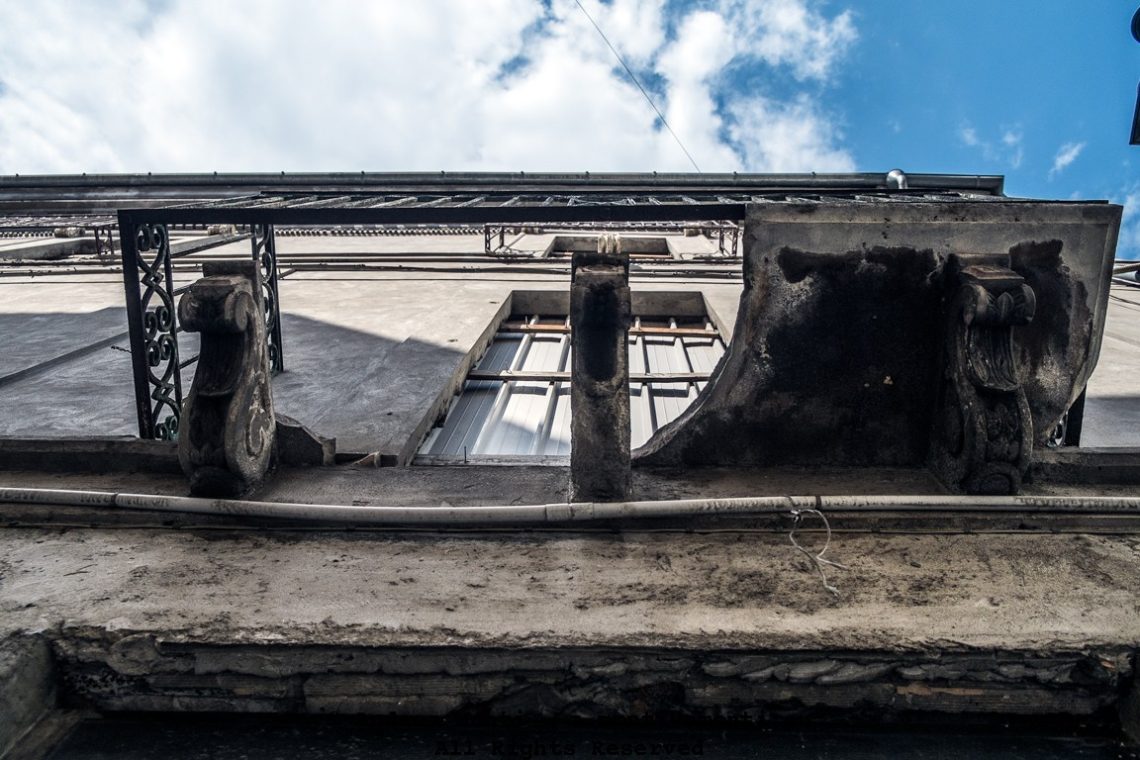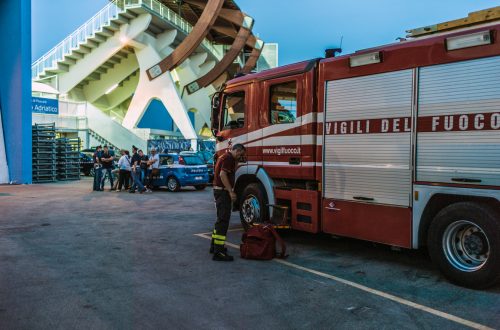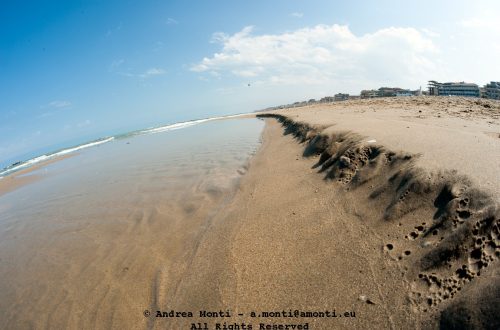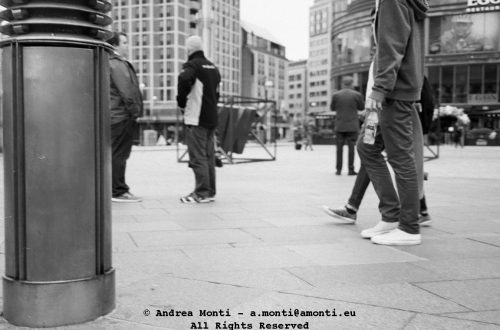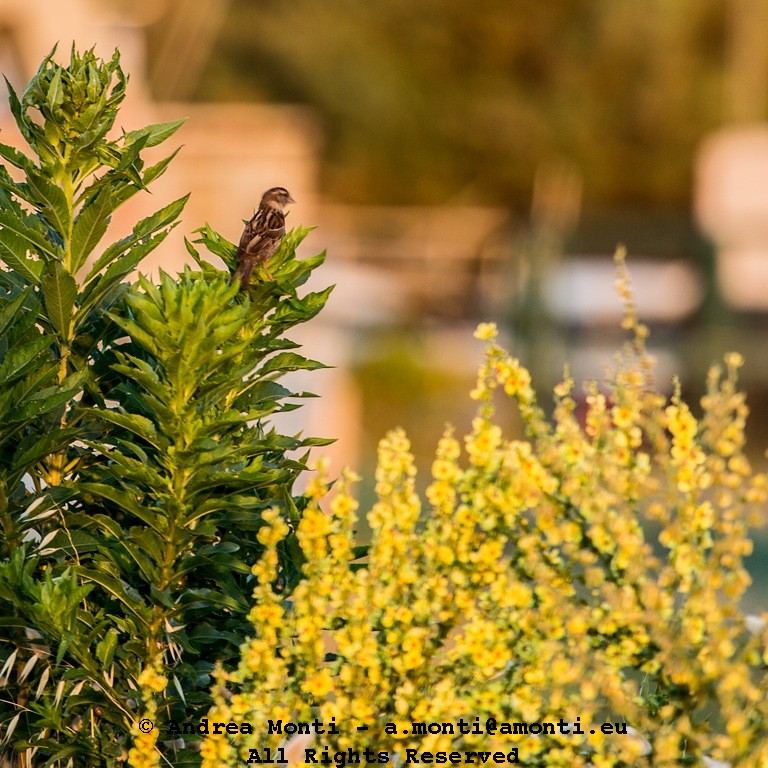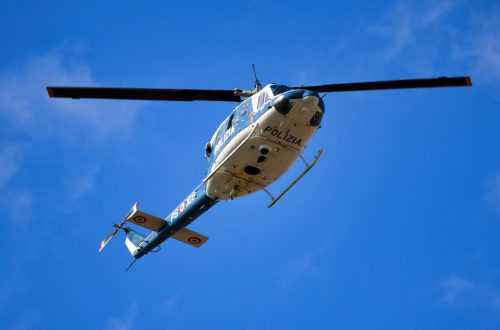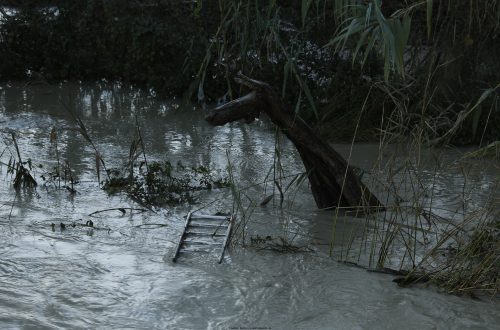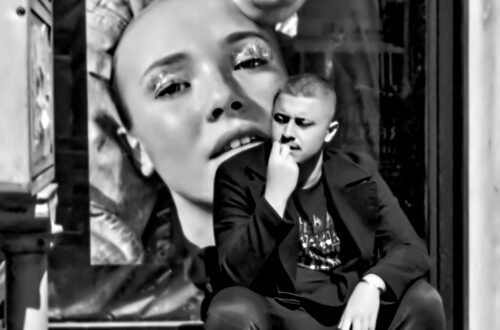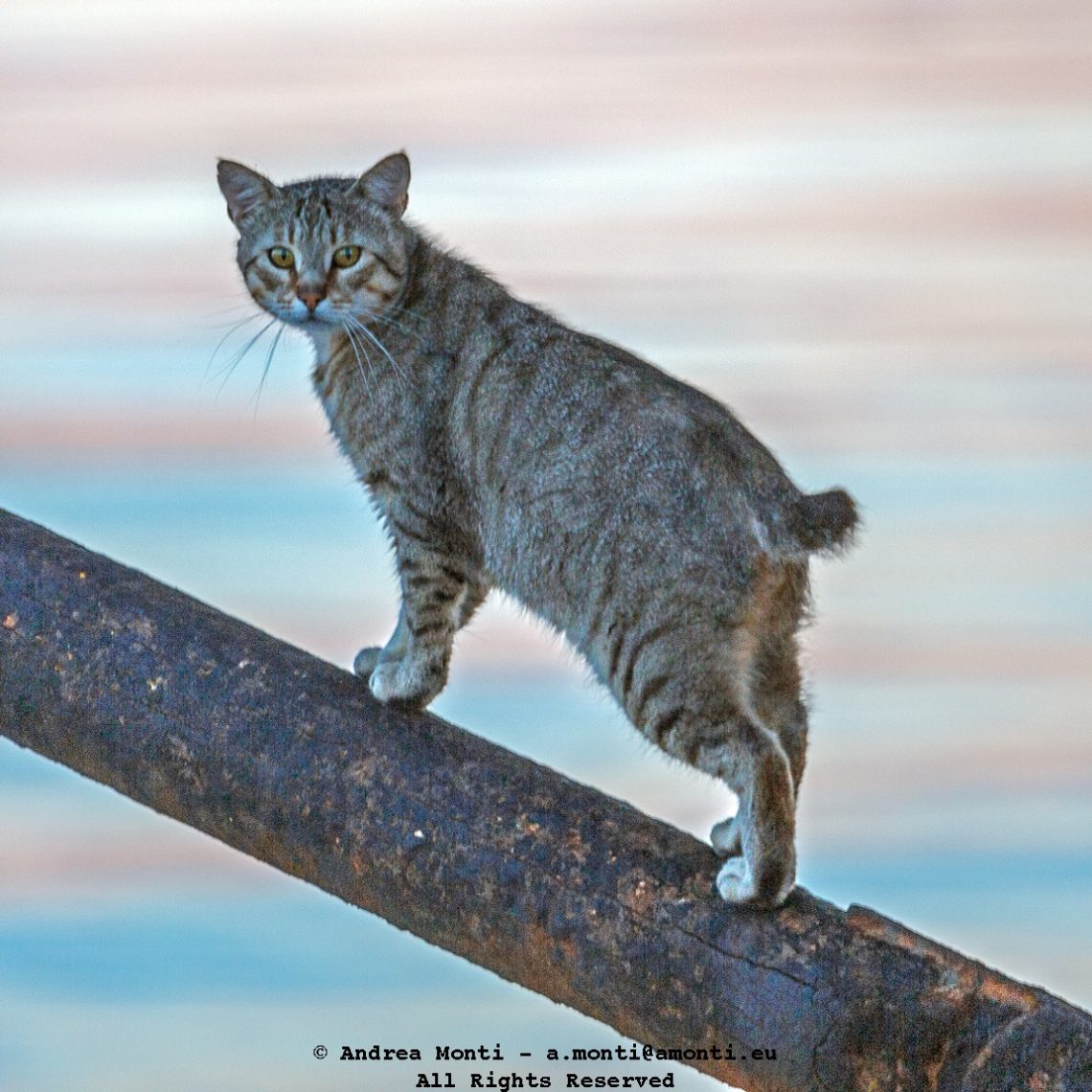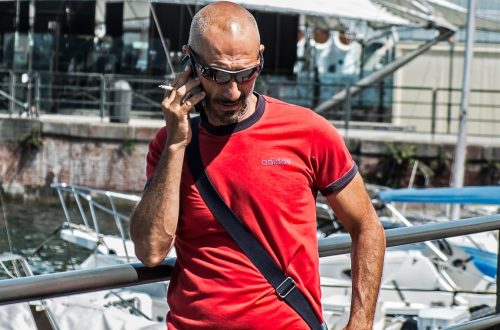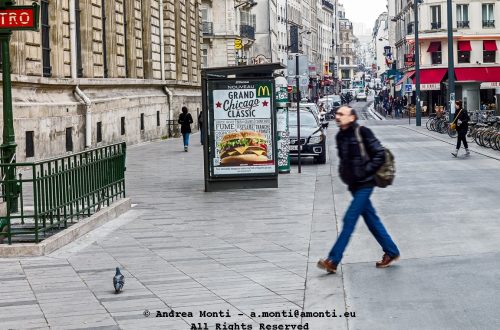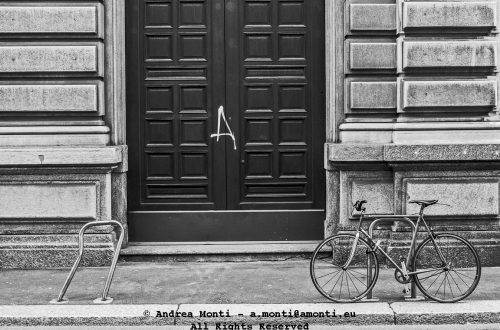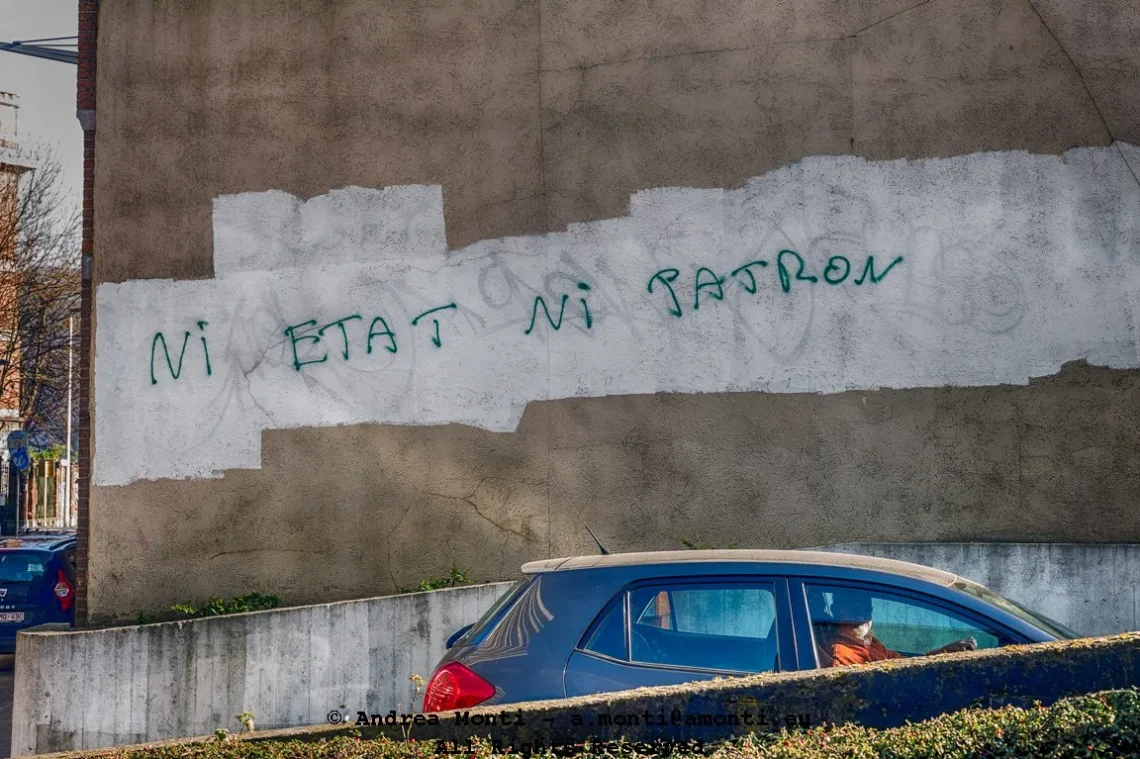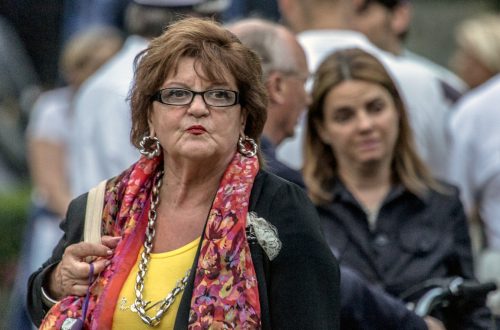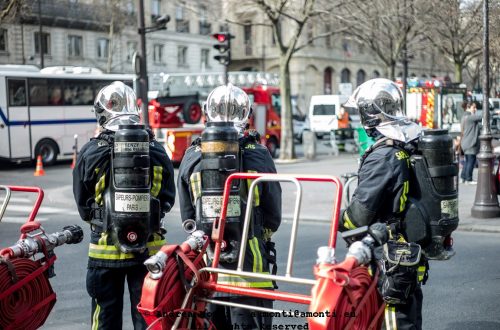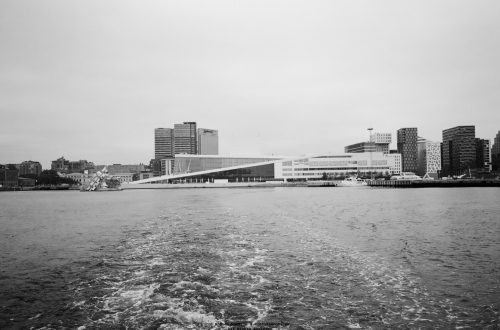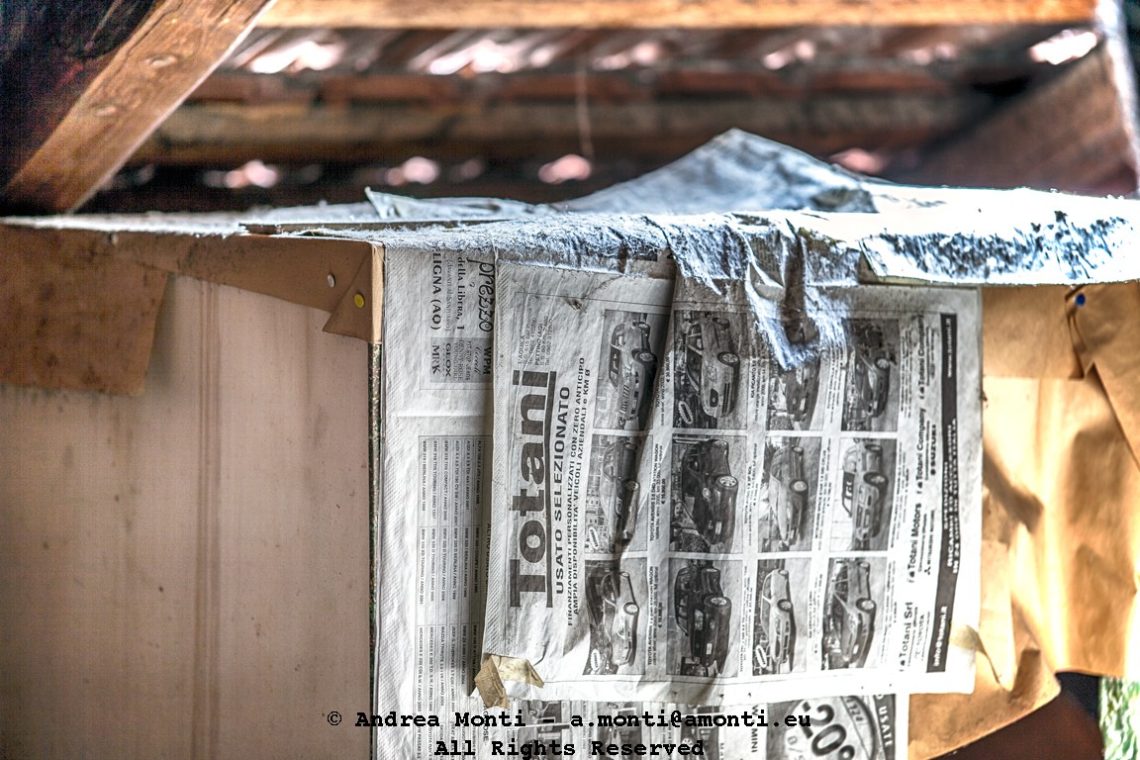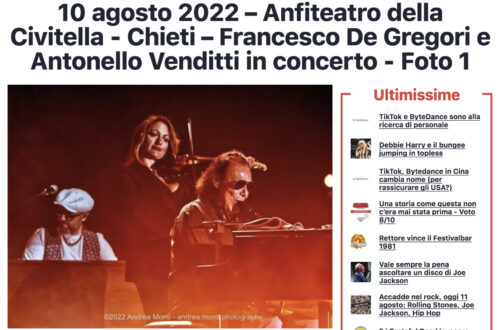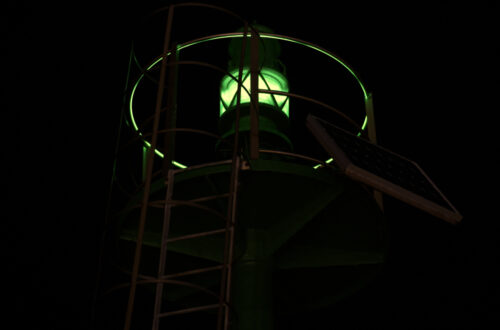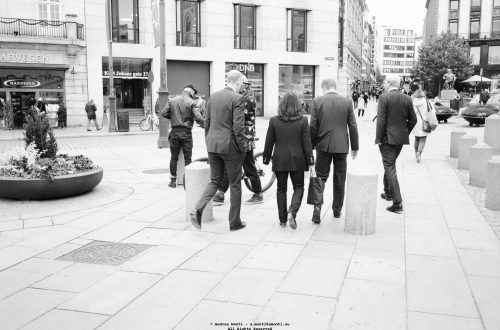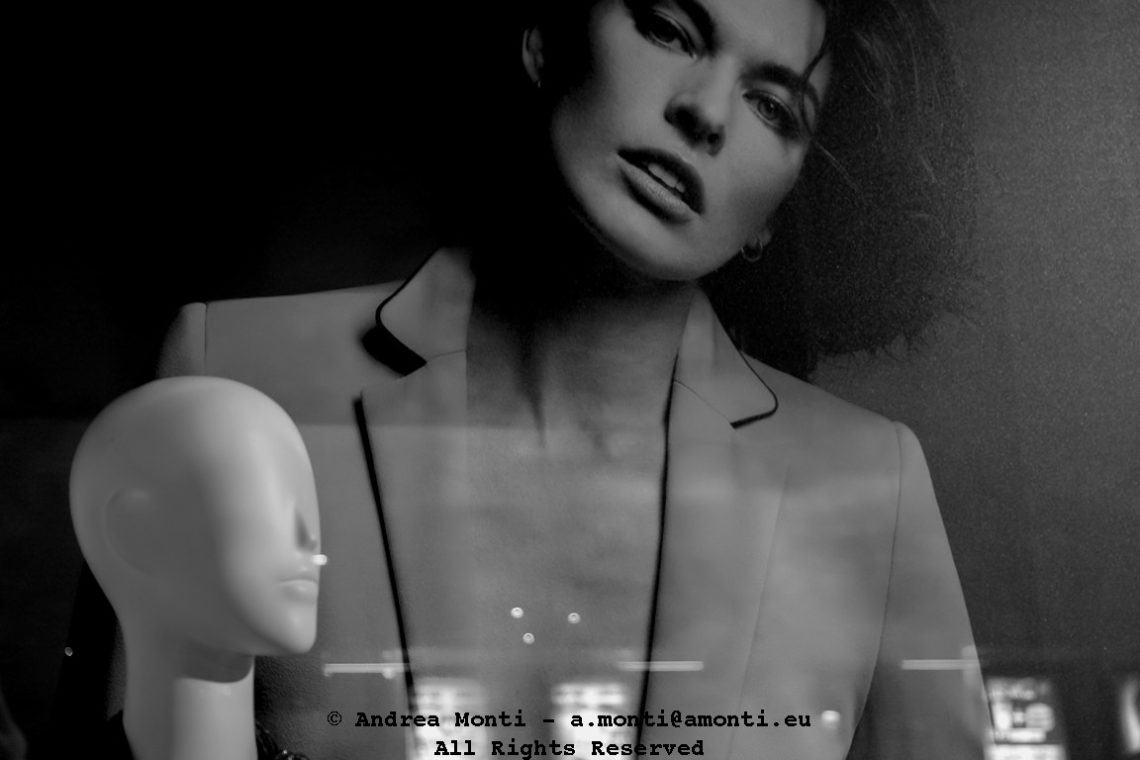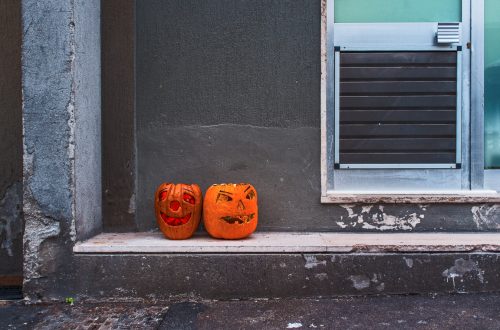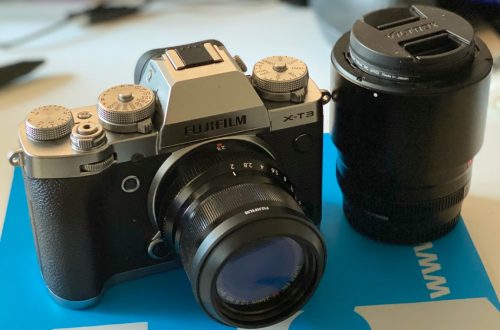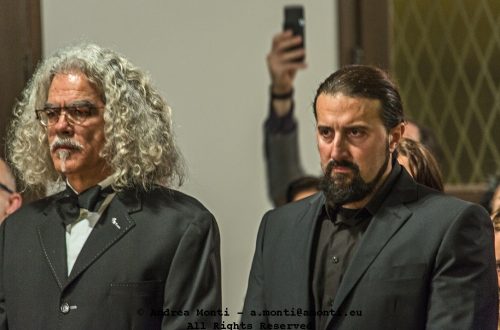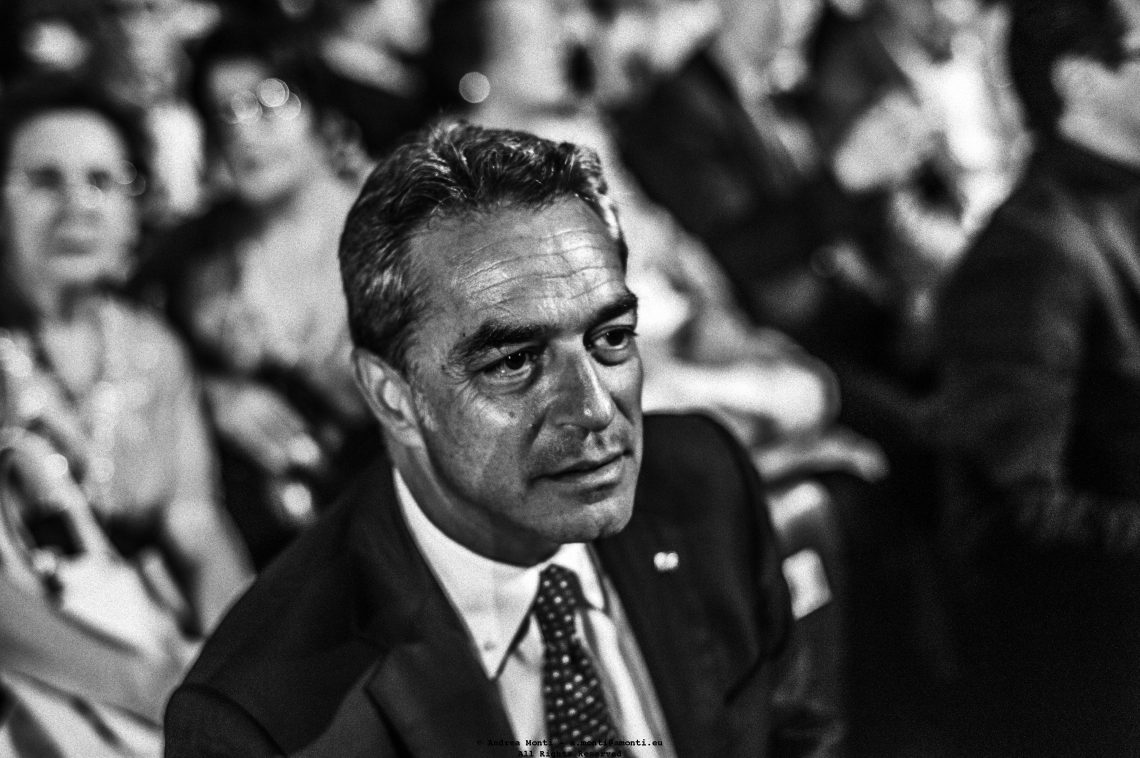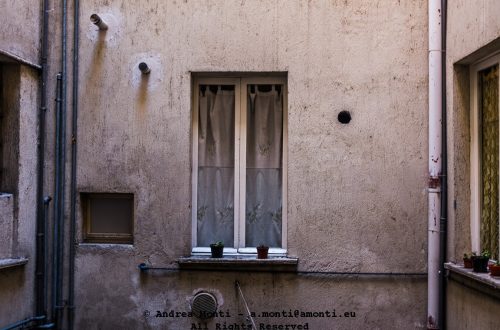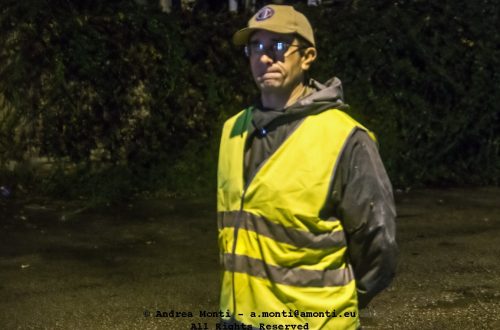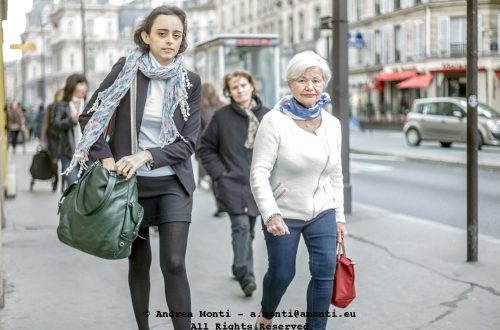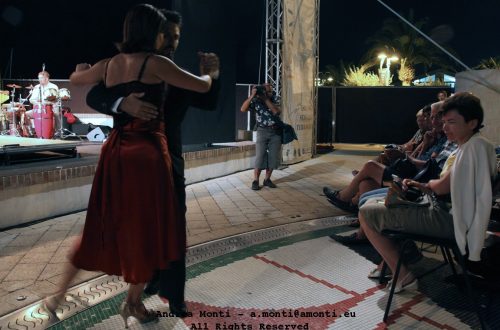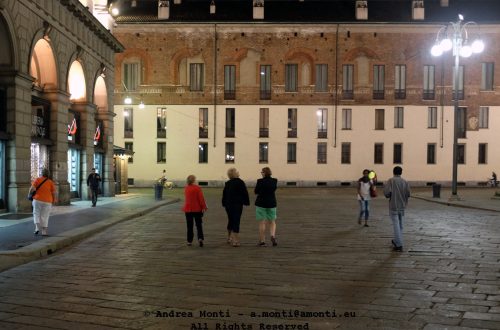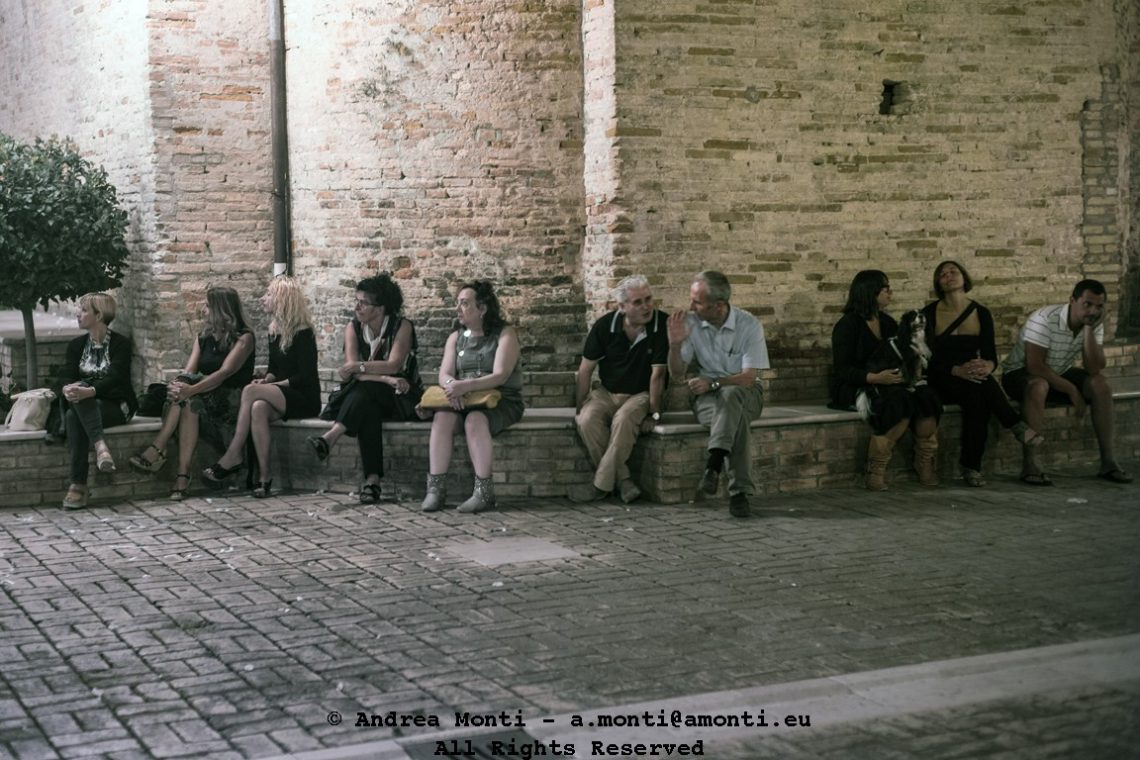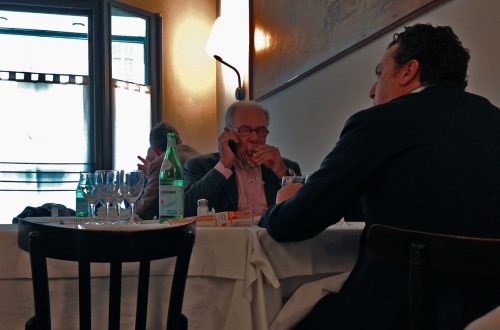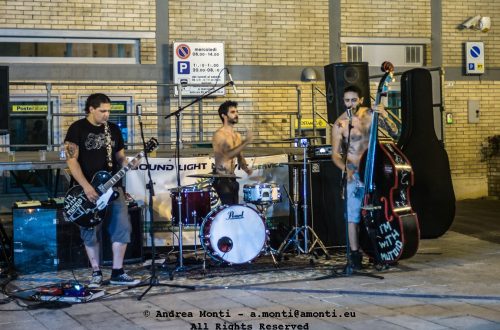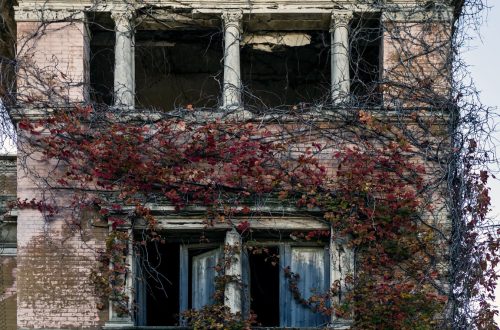-
Relax At The Rapallo’s Marina
I remember walking past this café terrace at the marina in Rapallo and being drawn to the contrasting energies it contained. In the foreground, a woman in a red dress sits absorbed in her magazine, her body language completely self-contained. Just beyond her, a small group of older men and women are animated in conversation, their faces alive with expression. The scene felt like two parallel worlds inhabiting the same space—private quiet and social exchange—separated only by a few metres of wicker furniture. The colour red became the unifying element. The woman’s dress, the handbag on the sofa beside her, and the clothing of the woman facing away from the…
-
Staring At The Infinite (While Waiting For The Fishes)
On a calm afternoon by the Ligurian coast, the sea was neither rough nor still, and time seemed to have slowed to match the rhythm of the waves. The fisherman sat among the rocks, his body angled slightly toward the horizon, hands resting loosely near the rods. There was no urgency in his posture—only patience. The red cap, almost absurd in its brightness, became the visual anchor in an otherwise muted palette of stone, water, and sky.
-
Boat Maintenance At Genova’s Porto Antico
The Porto Antico in Genoa has a way of blending the romantic with the mundane. Tourists tend to focus on the gleaming yachts, the glint of sunlight on the water, the distant hum of maritime history. I found myself drawn to something less glamorous but far more telling—a simple act of maintenance on a sailboat, captured mid-task. From my vantage point, the composition presented itself naturally. The man in the red shirt bends over the stern, his white hair almost glowing under the midday sun. In the foreground, another man, back turned to us, anchors the scene and adds depth. The large ship’s wheel to the right and the tangle…
-
Mooring The Boat
I made this photograph while standing slightly above the scene, looking down as the sailor secured the mooring line. The angle was dictated not by style but by circumstance: the dock rose just enough over the water to offer a natural vantage point. I didn’t ask him to look up or alter his posture. He was intent on the work, and I preferred to remain a quiet observer.
-
Lost In Rembrance
I made this image during an early evening walk along the Ligurian coast, at a moment when the wind had dropped, the chatter from the restaurants below had softened, and the sea had begun its slow shift to silver. The man in the frame didn’t pose or perform. He stood still, arms folded behind his back, eyes fixed somewhere beyond the horizon—somewhere private. I didn’t interrupt. The strength of this frame lies in its quiet composition. The iron railing draws the eye to the curve of the man’s posture and then out towards the water, which mirrors the diagonal of his gaze. That subtle mirroring, between the subject and the…
-
The Penguin’s Feeder
-
A Shadow
Shot with the Leica M9, this image is a study in discretion and the poetics of presence. The figure in the foreground is reduced to a silhouette, his back turned to the viewer, his face never revealed. He absorbs the frame. The street scene beyond—colourful, lively, and teeming with out-of-focus activity—contrasts sharply with his opaque stillness. Technically, the decision to expose for the highlights in the background rather than lifting the shadows in the foreground was intentional. I wanted the viewer to feel like an outsider—watching someone who is, himself, watching. The bokeh from the streetlamps adds texture without stealing attention, while the shallow depth of field, aided by the…
-
The Godfather
There are portraits that declare themselves in full—broad poses, direct gazes, theatrical light. Then there are those, like The Godfather, that wield influence through omission. This image withholds the subject’s full face, offering only a partial profile and the language of body and gesture. The composition is tightly cropped, forcing the viewer into an intimate but controlled proximity. The jawline is set, the mouth neutral but firm; the hand rests on the chest, fingers curled in a posture that feels both protective and deliberate. The subject’s gaze, cast off-frame, hints at a private sphere of thought or authority that we are not invited to enter. Colour plays an essential role…
-
Last Check Before The Show
Photographs taken backstage – or side-stage, as in this case – carry a special tension. They are about the moment before the moment, a pause loaded with anticipation. This image captures that space exquisitely. Two women, backs to the camera, lean over a sheet of paper, lit by the same illumination that spills onto the audience beyond. It’s an intimate vantage point, yet the scene is undeniably public. The photographer’s choice of focus is telling. The women are sharp, their details – the thin strap of a black dress, the lace sleeve of a white one – rendered with care, while the audience in the background dissolves into a creamy…
-
The Crew’s Rest
Before the music, before the lights, before the roar of the crowd, there is this: scaffolding, cables, flight cases, and the quiet focus of the crew. Two men sit within the skeleton of a stage in progress. One leans back on a low platform, his body turned away, hands resting loosely on his knees. The other, crouched cross-legged on the metal grid, holds a fire extinguisher’s pole with a faint, amused expression, as if catching the photographer in an unguarded moment. Around them, the geometry of the scaffolding frames the scene, a lattice of steel that will soon hold the machinery of spectacle. The city moves on in the background—shops…
-
The Lost Church
There’s a peculiar stillness to places abandoned to time. This old church, half-standing and half-claimed by nature, radiates a kind of quiet defiance. The arches remain intact, elegant in their geometry, even as the roof has long given way and the nave has filled with weeds and tall grasses. When I composed the frame, I wanted to place the arches as the structural rhythm that guides the eye. The diagonal sweep from the lower right to the upper left pulls you naturally towards the surviving façade. The wild vegetation softens the geometry, adding texture and colour — greens, yellows, and browns — that contrast with the pale limestone. Technically, the…
-
Once A God
Poseidon emerges from above the sign like a relic of popular imagination—muscular torso, crown, and trident, his authority now reduced to advertising. Below him, the oversized fish and bold lettering spell out his name with certainty, though the plaster figure betrays wear, paint faded and surfaces weathered. It is not divinity but decoration, a reminder of how myth survives in commerce. Composition stresses perspective: the low angle forces the viewer to look up, as if paying homage, yet the clean blue sky strips the scene of grandeur, leaving only figure and name. The fish’s body stretches across the lower frame as a pedestal, while Poseidon’s arms, frozen mid-gesture, create diagonals…
-
Bent
Shot with a Nikon F3 and a 16mm fisheye, this isn’t your typical curved-sky, skateboard-in-midair kind of photo. Instead of pushing the distortion to the front of the image, I let it sneak in at the edges—just enough to bend the rules. The subject is ordinary: a coastal bridge, a pedestrian path, the usual lampposts lining a curve. But the lens pulls the whole scene inward, gives it weight and sweep, turns a flat space into something that stretches, leans, folds in on itself. I like using fisheye glass this way—not as a gimmick, not for laughs, but to see how geometry shifts when you force perspective without centring it.…
-
A Dragon Trainer?
-
Line Of Fire
This image was taken inside a shooting range, but I wasn’t there to document firearms. I was drawn to geometry, symmetry, and control. What struck me was the sheer order of the space. Every line — from the foam cladding to the shooting lanes — channels the viewer’s gaze forward. You don’t look at this picture. You’re funnelled through it. Technically, the space presented a challenge: low, mixed lighting and reflective surfaces. I shot handheld, wide open, leaning into the natural light spread to keep shadows soft and detail intact. The overhead panels, designed for acoustic insulation, created an unusual texture that became an integral compositional element. The ceiling almost…
-
Mind The Gap!
I made this photograph standing almost flush with the wall, pointing the lens straight up into the thin slice of sky framed by stone and metal. The subject is not the building itself but the uneasy conversation between its decaying ornamentation and the open void above. The fractured balcony edges lean toward each other without touching, creating a tension in the composition that pulls the viewer’s eye toward the bright gap. From a compositional standpoint, the choice of perspective is both a strength and a limitation. The severe upward angle forces strong converging lines, which add a sense of depth and slight unease. However, the proximity of the elements means…
-
Just A Bird
The small sparrow resting on the green stalk caught my attention not because it was rare, exotic, or particularly dramatic, but because it was simply there. A fleeting pause in the ordinary rhythm of the day. The late afternoon light wrapped both bird and plants in a warm, almost golden atmosphere, softening the edges and bringing out the textures of the leaves and flowers. From a technical standpoint, the composition is clean yet unforced. The sparrow is positioned off-centre, allowing the surrounding vegetation to balance the frame. The diagonals created by the leaves and the blurred background help guide the eye naturally towards the bird without resorting to obvious tricks.…
-
Just A Cat
-
Ni État Ni Patron
Brussels. A quiet wall, a passing car, and a message that’s louder than both. The slogan is old—older than the paint used to scrawl it—Ni État Ni Patron. No state, no boss. A phrase that echoes from factories, barricades, pamphlets. And now, here it is again, on a half-covered stretch of rendered concrete. It wasn’t written to decorate. It was written to remain. The graffiti stands out not just for what it says, but for where it says it: in the middle of a freshly patched rectangle, painted over what was clearly another message before it. The wall becomes a palimpsest—layers of resistance, erasure, and return. Below it, a car…
-
Under an Old Roof
A scrap of newspaper clings to the surface of a wooden beam, yellowed by time, softened by dust. The print advertises used cars, once a promise of mobility and new beginnings, now only a faded record of another era. Above, the roof beams reveal gaps, through which light seeps, fractured and uncertain, illuminating what remains. The photograph works in layers: the brittle newsprint, the rough wood, the dim background of tiles and sky. Each element bears marks of age, but together they tell a quiet story of storage, neglect, and survival. It is less about the subject itself than about what it represents—the persistence of the ordinary beneath the erosion…
-
The Hamlet’s Dilemma
-
Portrait of a politician – 1
There’s a certain pleasure in photographing with the Leica M9—a camera that rewards precision and patience rather than machine-gun bursts. This portrait was made in a crowded hall, the politician seated among an audience whose attention was turned toward the stage. The light was far from forgiving, a mix of weak ambient and uneven spot sources, but the M9’s sensor responded with a tonal richness that digital cameras often lose in harsh conditions. I chose to work wide open, which gave me the shallow depth of field needed to isolate his face from the visual chaos around him. The crowd dissolves into a swirl of shapes and tonal smudges, leaving…
-
Street Compass Rose
There’s something both poetic and ironic about finding a compass rose embedded in the tarmac — a relic of navigation sitting just a few metres from a working fishing port, in an age where most people rely on satellites to find the nearest café. I came across this one early in the morning, when the sun was low and the light had that burnished quality that makes asphalt glisten. The framing here was deliberate: I chose to crouch low, letting the compass rose dominate the foreground, while the fishing boats in the distance anchor the background in place. This low perspective exaggerates the texture of the cracked road surface, contrasting…
-
The Audience (Not a Rock Concert, Indeed)
I made this photo during an outdoor performance to begin. What drew me in wasn’t their anticipation, but their fragmentation. Each group was self-contained, bound by conversation, silence, observation, or fatigue. Shot wide, the frame flattens the scene against the warm, textured backdrop of ancient brickwork. The wall itself becomes part of the composition—silent, immovable, almost performative in its presence. Light was fading, diffuse but uneven. I didn’t push the ISO too hard; I let the image soften in the shadows and hold detail in the mids. Skin tones are desaturated but honest. I made no attempt to brighten it into clarity. This is dusk, and it should feel like…
